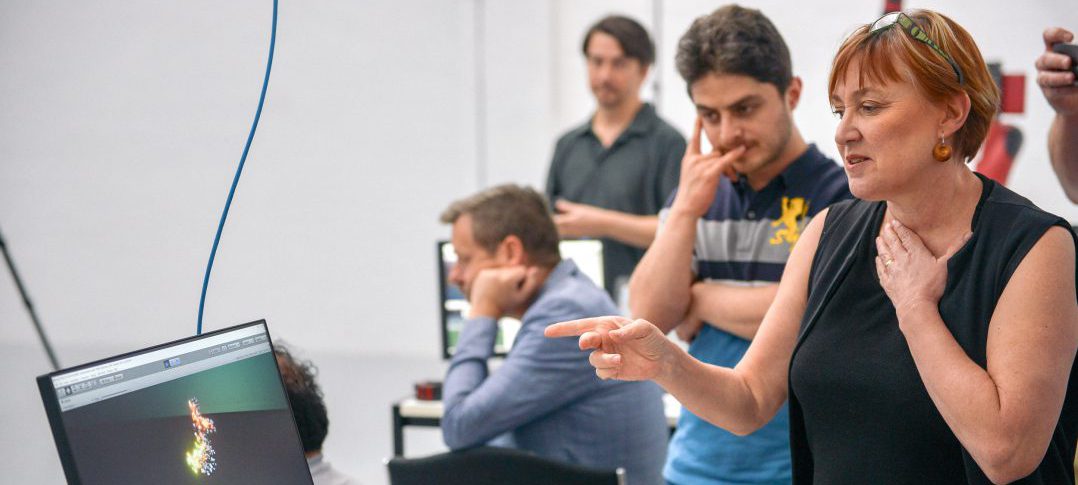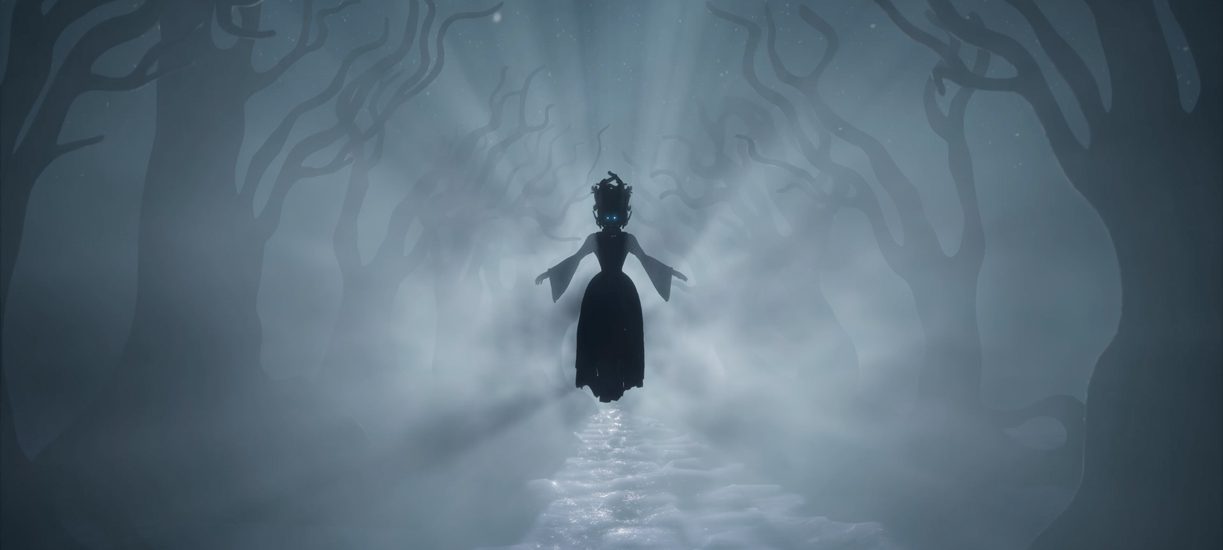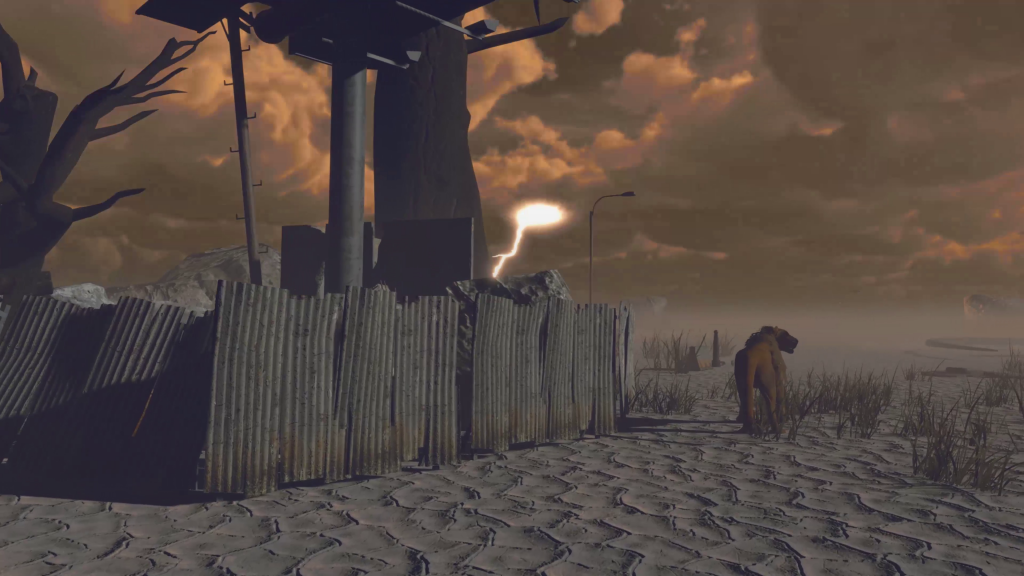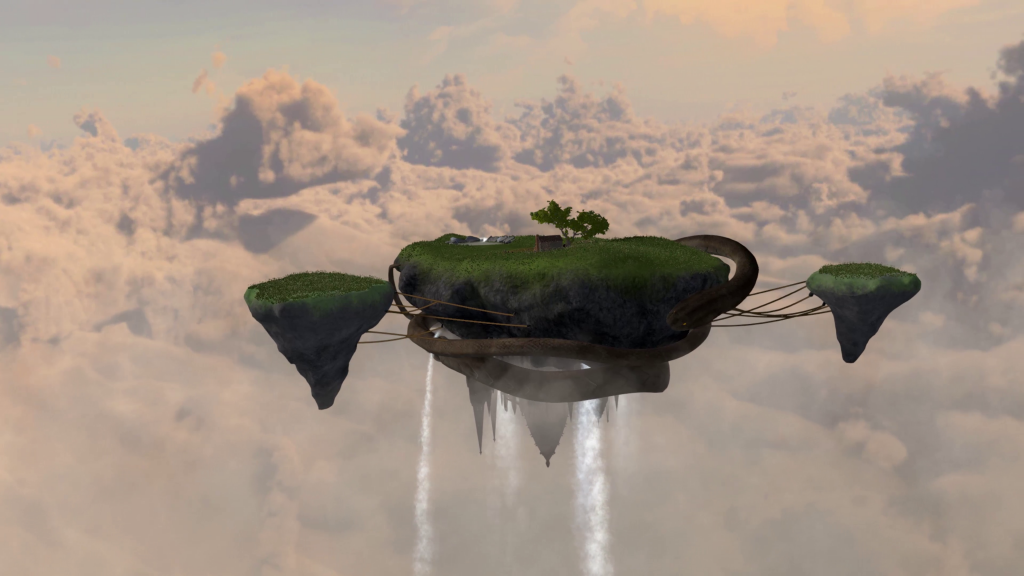
Collaborative Embodied Movement Design Network
Movement-based technologies such as augmented and virtual reality, haptic and robotic interfaces form the cutting edge of human computer interaction (HCI) development. This project has developed new infrastructure to create a national collaborative network of arts/technology researchers, enabling them to work together to optimise the quality of these systems from an embodied perspective, and to create new innovation possibilities for industry, commerce, education, health care and the arts. The network features real-time remote motion capture collaboration between facilities.
Partners
This research was funded by the Australian Government through the Australian Research Council’s Linkage, Infrastructure and Equipment Scheme (Project LE170100066)
Investigators
Kim Vincs (TMT)
John McCormick (TMT)
Troy Innocent (RMIT)
Adam Nash (RMIT)
Simon Biggs (Uni SA)
Bruce Thomas (Uni SA)
Frank Vetere (Uni Melb)
Robert Vincs (Uni Melb)
Saeid Nahavandi (Deakin)
Douglas Creighton (Deakin)
Jordan Vincent (Deakin)
Petra Gemeinboeck (UNSW)
Keith Armstrong (QUT)
Thomas Chandler (Monash)
Scott deLahunta (Coventry, UK)
Related Projects

















